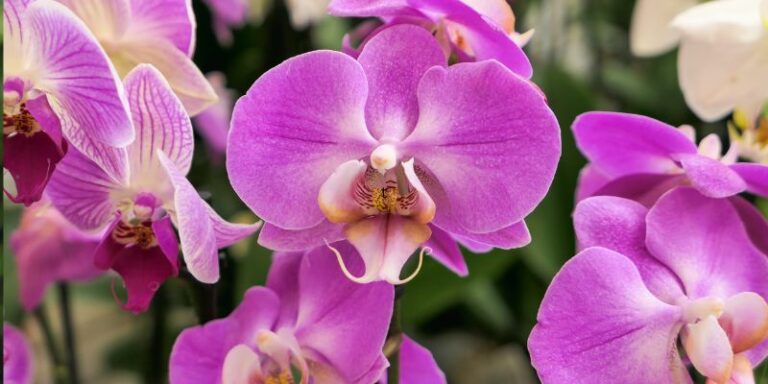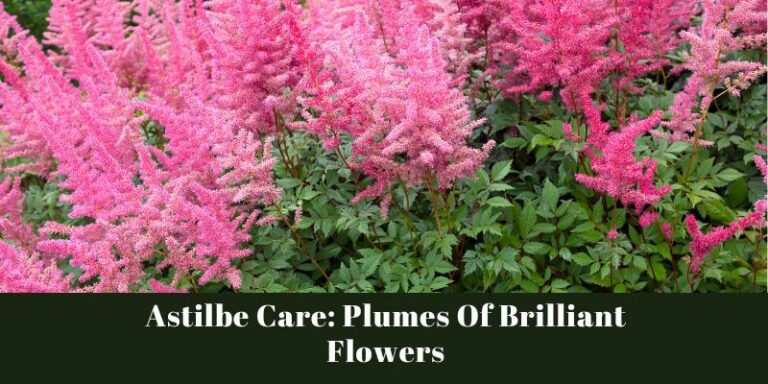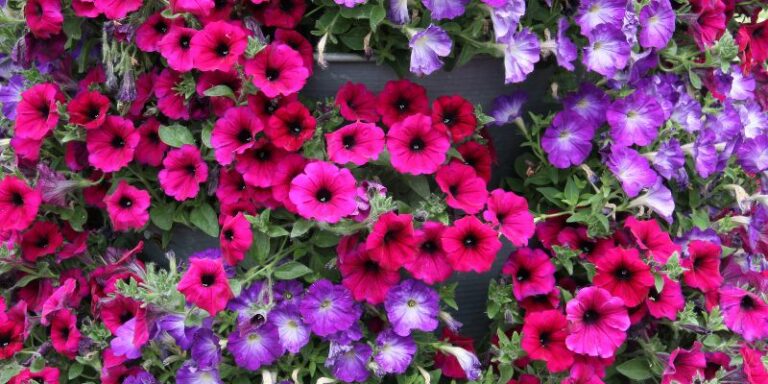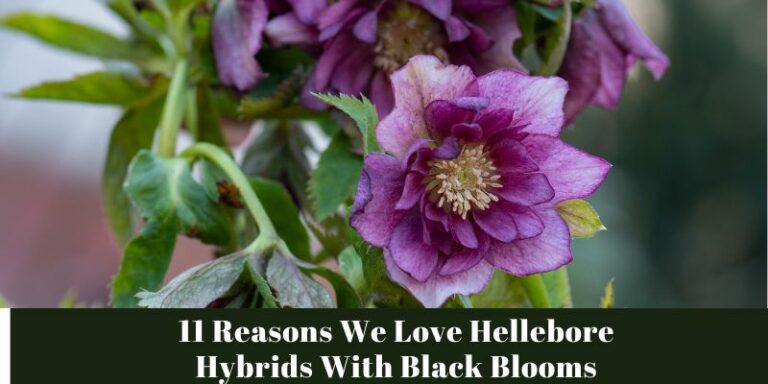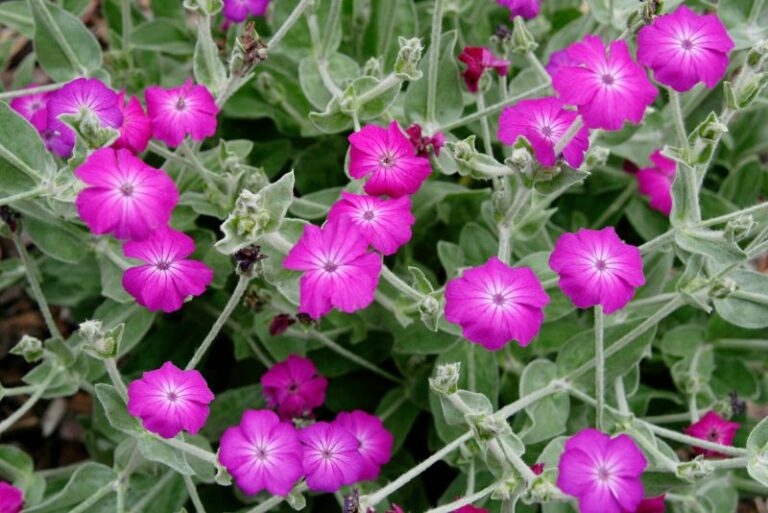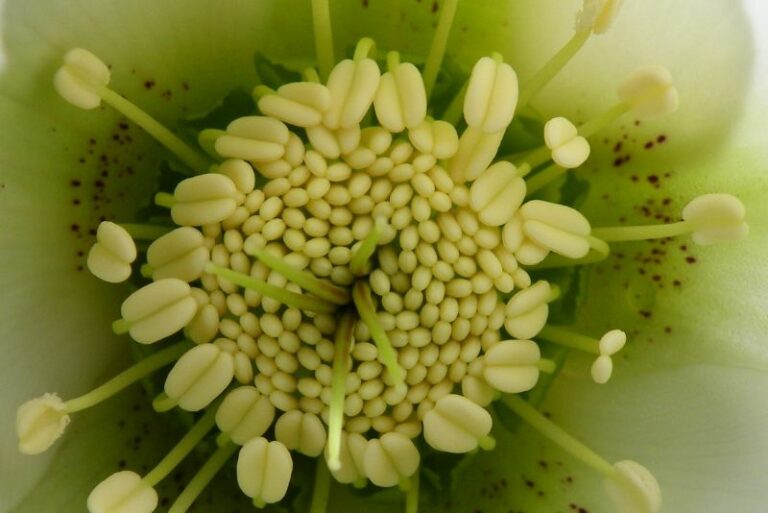Tips For Growing Beautiful Delphiniums This Season
Lush, towering, and bursting with vibrant colors, delphiniums are the harbingers of summer, gracing gardens with their enchanting spikes of flowers. These perennial favorites captivate with their striking presence but can be a little finicky to cultivate. For those eager to add these beauties to their floral repertoire, a little know-how can make a world of difference. This comprehensive guide is crafted for gardening enthusiasts, offering step-by-step advice, best practices, and seasoned tips for growing the most breathtaking delphiniums in your own backyard oasis.
Introduction to Delphiniums: A Delight for the Eyes
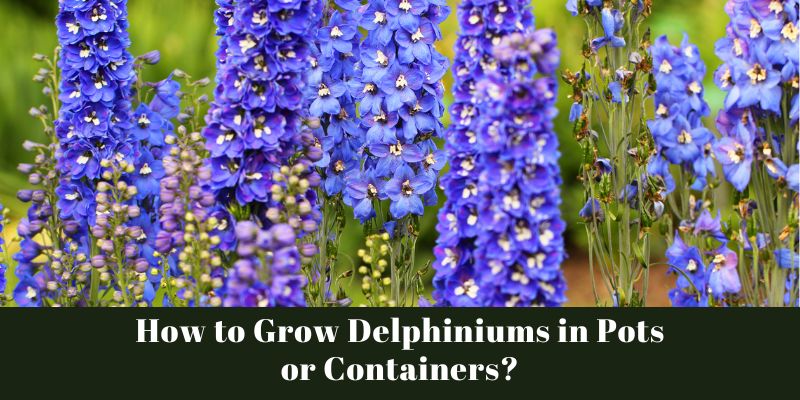
As a lover of enchanting blooms and a cultivator of colorful gardens, the allure of delphiniums lies not only in the aesthetic appeal they bring but in the delicate process of growing them. Delphiniums, also known as larkspurs, are famed for their dramatic spires of tightly clustered, star-shaped flowers that seem to beckon the clear blue skies of a perfect summer day.
But it’s not just their looks that make them garden favorites. These plants have historical significance, from the belief that they repel scorpions, to their use in love potions and symbolic associations with exalted spirits.
As we delve into the nuances of nurturing these botanical wonders, our objective is not just to help you grow delphiniums successfully, but to foster a connection with these majestic plants and the joy they bring to gardens.
Choosing the Right Location
Delphiniums are steadfast in their preferences for growing conditions. They are sun seekers, craving bright, undiluted light for at least six hours a day. Shelter them from strong winds, however, as their tall stature makes them liable to the harshest of gusts.
Soil is the lifeblood of any plant, and delphiniums have a discerning palate. They prefer moist, well-draining, alkaline soil. Make no mistake, the pH level matters—aim for a range between 7.0 and 8.0. For optimal results, undertake a soil test and amend the ground if necessary before planting.
Lastly, the battle against waterlogging is a critical one. Delphiniums abhor soggy roots, so be diligent in ensuring the selected location has proper drainage, especially in rainy climes.
Planting and Watering
When it comes to delphiniums, getting the planting and watering right is pivotal. Begin by planting in spring or early fall, allowing roots to establish before the harsh extremes of summer or winter. Place the crown at soil level to prevent rot. Pat the soil firmly to avoid air pockets but without compacting it too much.
Water newly planted delphiniums thoroughly, and then provide regular watering, about an inch per week, throughout the growing season. Do so consistently, as irregular moisture levels can lead to issues like stem rot. Mulching around the base will help retain moisture and suppress weeds, contributing to the overall health and vigor of your delphiniums.
Nutrient Needs
Delphiniums are not particularly gluttonous, but they do appreciate the occasional feeding, especially during their growth spurt. In early spring, provide a balanced, slow-release fertilizer at the base of the plant. Follow this with a phosphorus-rich fertilizer when buds begin to form.
Avoid overfeeding, as delphiniums are sensitive to salts, which can accumulate in the soil and damage the delicate balance. Always water the fertilizer into the soil to prevent scorching the plant. Remember, moderation is key when it comes to nourishment.
Support and Staking
This is a non-negotiable step for delphiniums, particularly the taller varieties. As the plants grow, the weight of their flowering spires can easily cause them to topple. Install stakes early in the season, soon after planting, to prevent breakage or uprooting.
Use materials like bamboo to support the plants discreetly, and for taller varieties, consider a ring support system to fully cradle each stem. By providing appropriate support, not only will you protect the plant, you’ll also ensure a clean, upright presentation that allows the true beauty of the delphinium to shine.
Pest and Disease Management
Delphiniums are not immune to the pests and diseases that besiege plants, but vigilance and prompt action can mitigate the risks. Keep a close eye out for aphids, slugs, snails, and powdery mildew. Regular inspection, hand removal, and the use of organic controls are effective countermeasures.
In particularly pest-prone areas, consider companion planting to naturally repel unwanted visitors. Similarly, practice crop rotation to avoid disease build-up in the soil. Remember, a preemptive approach is often your best defense—healthy plants are better equipped to withstand and recover from attacks.
Seasonal Care
To nurture your delphiniums to their full potential, it’s essential to understand and address their needs throughout the changing seasons. Here’s a seasonal breakdown of what to focus on:
Spring: Start the season right with a thorough clean-up—remove dead foliage and ensure supports are in place.
Summer: Keep up with watering and monitor for pests. Deadhead spent blooms to encourage a second show of flowers.
Fall: As winter approaches, cut back your delphiniums to just above soil level. Add a layer of compost for insulation.
Winter: For regions with harsh winters, consider mulching for added protection against frost.
Conclusion
Growing delphiniums can be a rewarding adventure for any plant enthusiast. By selecting an ideal location, mastering the art of planting and watering, meeting their nutritional needs, offering support, and managing pests and diseases, you can create a garden oasis that rivals the most splendid of horticultural displays.
As you hone your green thumb and embark on this journey, always remember that patience and perseverance, along with nature’s timeless wisdom, are the ultimate companions in tending to these ethereal blooms.
For more gardening insights and inspiration, connect with fellow plant lovers, and share your stories, for a beautiful flower garden is not just a canvas of color, but a community of nurturing spirits.

